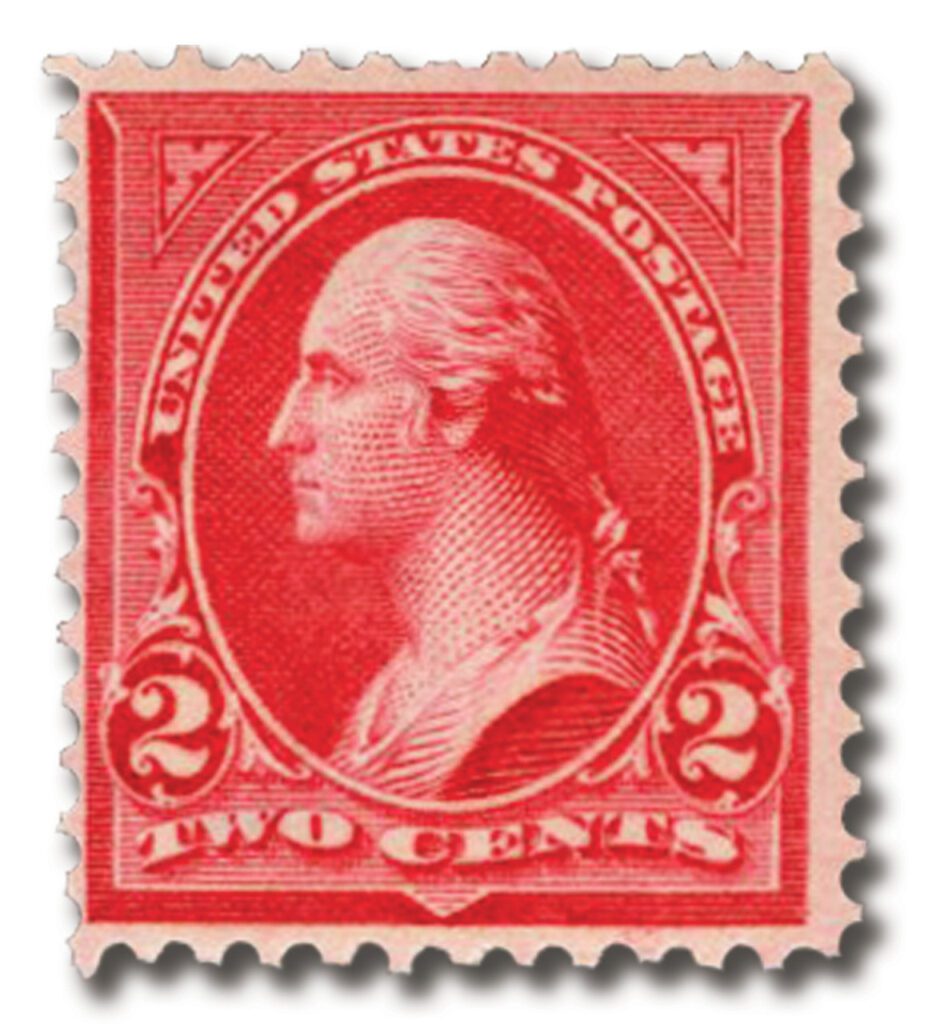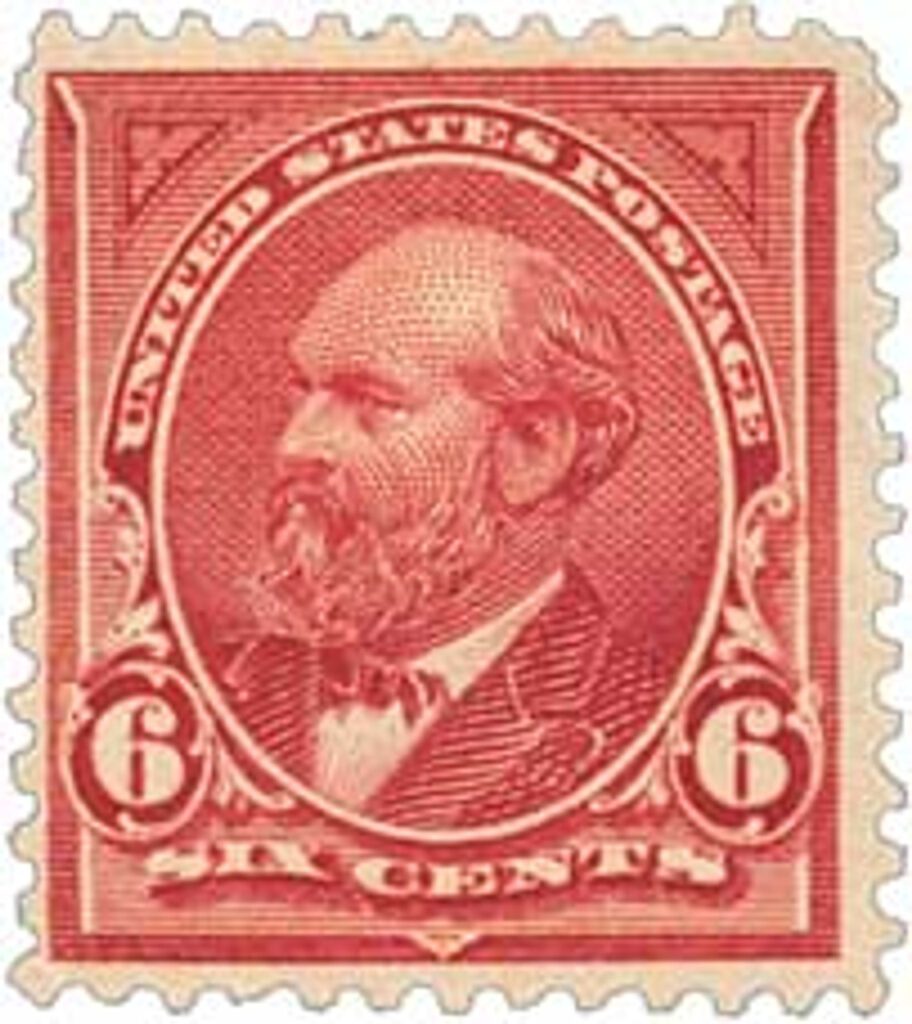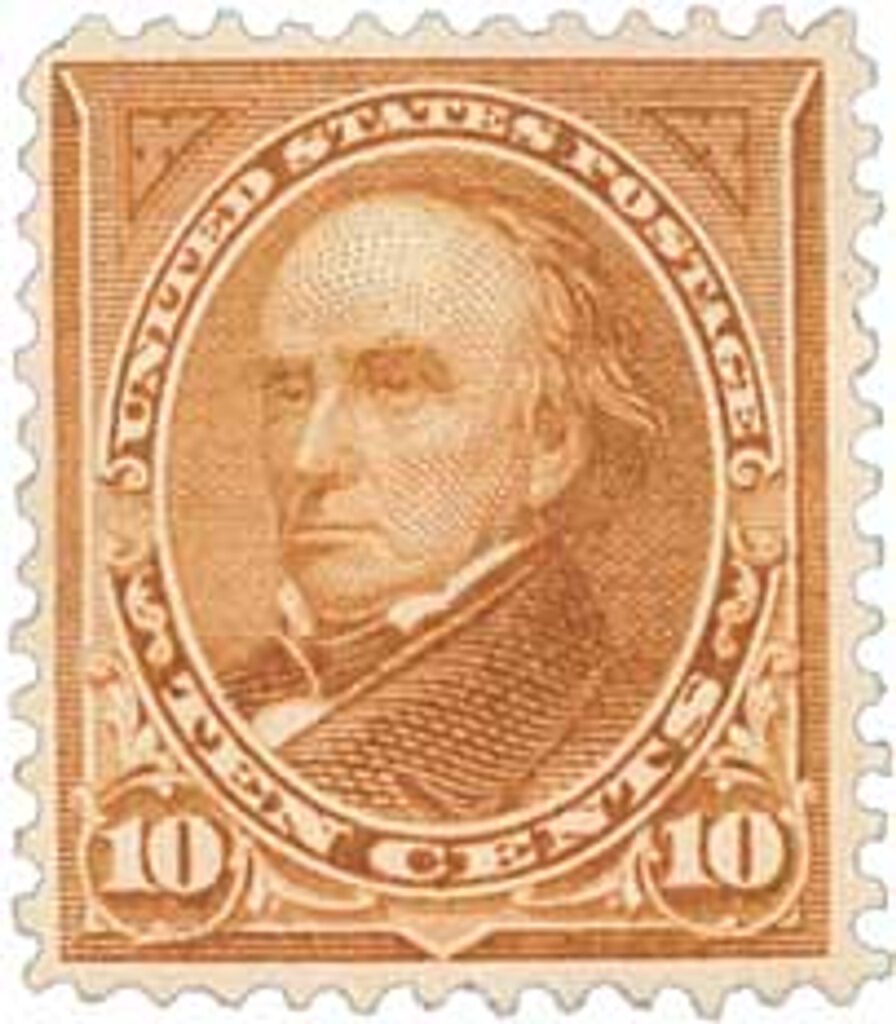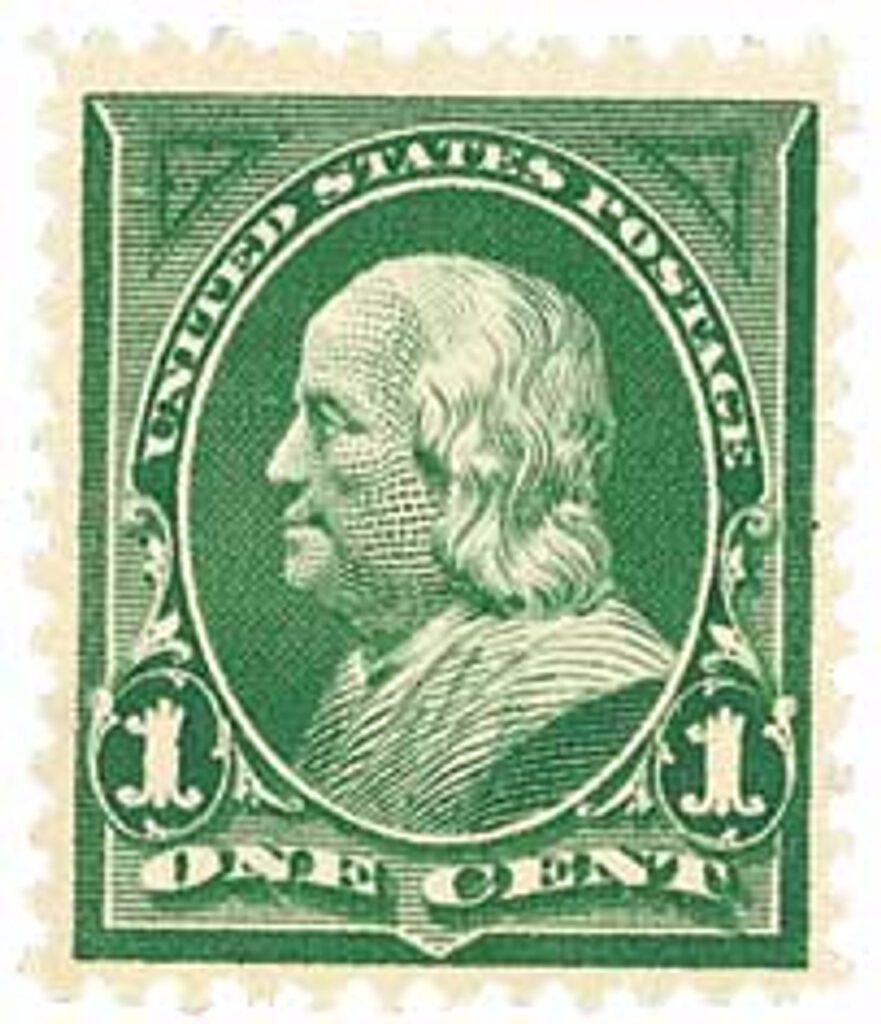
On January 17, 1898, the first US stamp created to conform to the change in colors recommended by the Universal Postal Union was issued. The UPU had recommended the standardization of colors to make international mail easier to process.
In 1863, Abraham Lincoln’s Postmaster General Montgomery Blair suggested an international conference be held to discuss common postal problems. A conference was held in Paris, and fifteen nations attempted to establish guidelines for an international postal service. Until this time, mail had been regulated by several different agreements that were binding only to signing members.

Although Blair did not intend to create a permanent organization, another conference was held 11 years later in Bern, Switzerland. Twenty-two nations, comprising the International Postal congress, drafted and signed the Bern Treaty, which established the General Postal Union. Under this treaty, member nations, including Europe, Britain, and the United States, standardized postal rates and units of weight. They also set forth procedures for transporting ordinary mail. Ordinary mail included letters, postcards, and small packages. Separate rules govern the transportation of items, such as parcel post, newspapers, magazines, and money orders.
Under this agreement, known as the International Postal Convention, a simpler accounting system was devised as well. Previously, countries could vary the international rate. Any mail traveling across a country’s border was charged this rate. In addition, many countries charged a 1¢ surtax for mail being transported by sea for more than 300 miles. Using the basic idea that every letter generates a reply, the Convention allowed each country to keep the postage it collected on international mail. However, that country would then reimburse other members for transporting mail across their borders. The benefits to member nations included lower postal rates, better service, and a more efficient accounting system.
In 1878, at the second conference, the name was changed to the Universal Postal Union (UPU). It wasn’t until the 1880s that the organization became truly universal. By the 1890s, nearly every nation had become a member. In 1947, the UPU became a specialized agency of the United Nations. Today, it continues to organize and improve postal service throughout the world. It’s the oldest international organization existing and claims to be the only one that really works.
In 1898, the Universal Postal Union standardized the colors of certain stamps to make international mailing easier and more efficient. They proposed that member nations use the same colors for stamps of the same value. The UPU recommended green for the international single printed-matter rate (1¢ US), red for the international postcard rate (2¢ US) and blue for international single letter rate (5¢ US). So, the colors for these stamps were changed accordingly. Other stamps then had to be changed to avoid confusion with current issues printed in similar colors.
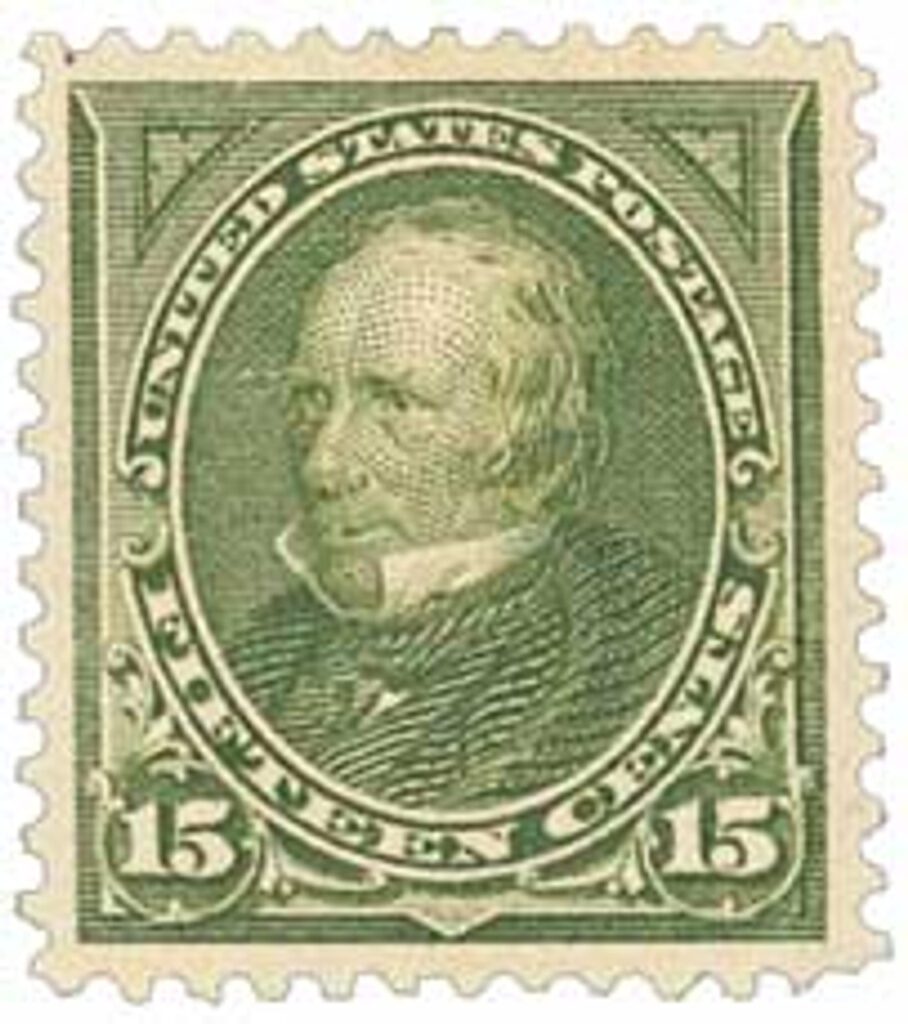
The first US stamp issued to conform to the UPU changes was the 1¢ Franklin, issued on January 17, 1898. The 1¢ stamp satisfied the postcard rate. US #279 is also known with a surcharge of “I.R.” for use as Internal Revenue stamps. They were pressed into use when the Bureau of Engraving and Printing lacked resources needed to engrave new Revenue stamps.
The US had Military Stations in occupied Spanish Colonies. The three war regions were branches of selected Post Offices in the continental US. The Philippine war theater was handled as a branch of the San Francisco Post Office. Cuba was treated as a branch of the New York office, and Puerto Rico as part of the Washington, DC, Post Office. Postal customers who were service personnel – or closely connected to them – could send mail for the domestic rate of 2¢ per half ounce. Civilians were required to pay the international rate of 5¢ per half ounce. After the war ended, these stamps were overprinted for use during the US occupation of those territories.

| FREE printable This Day in History album pages Download a PDF of today’s article. Get a binder or other supplies to create your This Day in History album. |
Discover what else happened on This Day in History.

